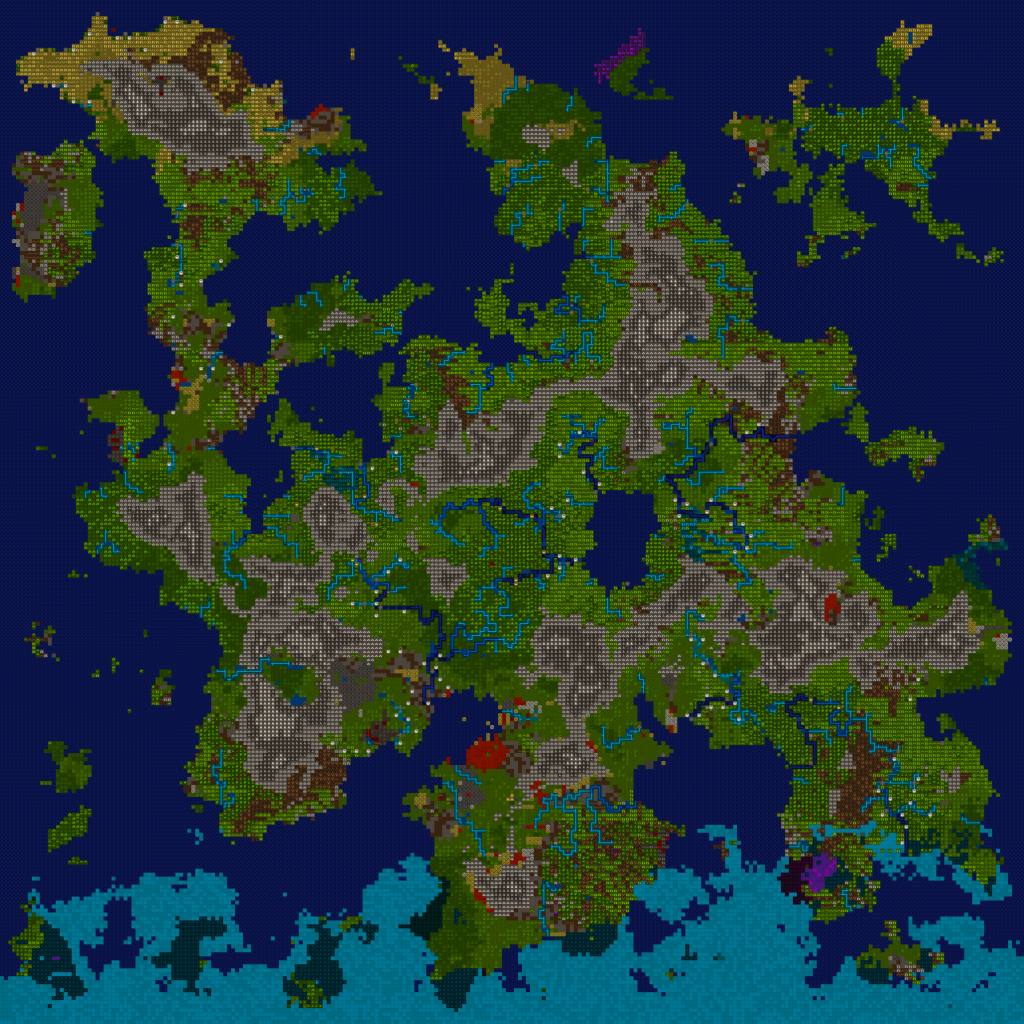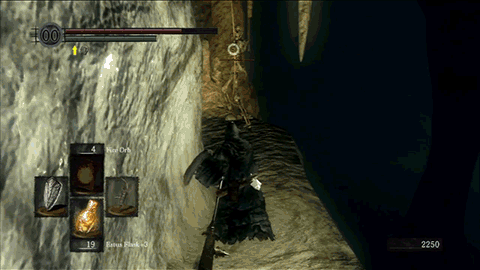Part 2 of a multi-part series by Mr. Adequate looking at the possibilities of making a roguelike with a generous budget. Read Part 1 here!
The modern trends in and around the genre imply that the apparent conflict between long roguelikes and short gamer attention spans is not insurmountable. A particular subgroup of the genre has come to be called “Coffeebreak roguelikes”, and they gained this name by being games you could fire up and play for ten or fifteen minutes while taking a coffee break. There are obvious contradictions with some of the points that define the genre, most especially as a coffeebreak roguelike is explicitly one that can be learned with great ease. The difficulty for developers arises in designing a game that distinguishes between difficulty of learning to play, and difficulty of mastering. Chess, for example, has rules that can be explained in a few minutes and can be picked up in a game or two, yet is a game of astonishing depth and ongoing tactical evolution. I would say that the accessible roguelike needs, as a top priority, to make itself approachable, so players can pick it up and know what they are doing and how to do what they want as quickly as possible. Coffeebreak roguelikes are certainly a step in that direction, and in particular games like DooMRL or Dungeonmans are vastly more approachable than some of the old games.
Similarly we have seen roguelikes which make a concerted effort to be more aesthetically appealing to players. Graphics remain basic and actual animations are rare, but it’s hard to think of modern roguelikes which do not have either inbuilt tilesets or easily modded ones. Roguelikes also run into an unusual problem in this regard because their sheer scope makes having a graphical representation for every possible item, monster, and piece of equipment, is difficult to achieve. This wasn’t a problem in the old days when a tyrannical, lordly dragon was represented simply by a ‘D’. Modern games even within the genre are more hesitant about doing that, and those who seek to branch out take pains to meet that challenge, but a complex roguelike with a large budget would have to devote considerable dev resources to the task.

Perhaps that is an inherent contradiction. Perhaps the complexity expected from roguelikes as a genre makes the idea of a complex one in a 3D world and first person perspective simply unworkable. Is there actually a way that, say, the vast array of items and their interactions in NetHack could be done in a modern RPG UI? I’m sure it could. Could it be meaningfully better than the system that we have in NetHack today? That’s a less certain prospect. There is a lot of information to convey in most roguelikes, and the detail demanded the genre means shortcuts such as showing a sword does fire damage by having it be on fire isn’t enough. That would be good, sure, but players want and need the details. Does it do a flat +3 fire damage? Does it do 1d6 fire damage? Yet roguelikes also have a lot of hidden information, quite deliberately, because the process of learning is largely the point. In truth much of the appeal of roguelikes is in not starting with the kind of information players desire. You learn it over time, hard-won knowledge through repeated playthroughs. This weapon is good for this situation. This spell is good for this enemy. Combine X and Y items to make Z potion. True, this is part of most games to some extent, but it is taken to its logical conclusion with the roguelike genre.
In roguelikes as they stand this tension has been resolved mostly in favor of complexity and obscurity, and there is much to commend that approach. Whether it could be applied successfully to a game with more stereotypically large production values is another matter. A bigger budget means that a bigger audience, with higher sales, is needed to break even. There is something of an instinctive assumption that this just doesn’t comport with the kind of gameplay a roguelike has, but there is a shining example of a game that demonstrates quite conclusively that very difficult games can be very popular. That game, or rather series, is Dark Souls, notorious for unforgiving gameplay that takes effort and mastery, as well as learning about different weapons, timings, and what enemies can do. That is not to say the game is a roguelike, as it shares similarities only in that they are RPGs of a form and both are difficult, but rather to highlight that difficulty is not necessarily a bar to success – there is a potential customer base for difficult games of some considerable size.
By the same token, roguelikes have had a surprisingly large effect outside their own genre in recent years, with many games taking inspiration in one way or another to create new experiences. These have been termed “roguelites”, as they typically adopt some aspects of the genre but not others, such as having randomly generated levels and loot but no permadeath. Some games also feature Ironman modes, which can be chosen by players who do seek the thrill of permadeath, but can be left off for those who want a more traditional progression through a game. There are many examples of elements of roguelikes being adopted by other genres or subgenres – perhaps most notable is the randomization of loot, areas, and to some extent enemies which the Diablo series took. From there a whole subgenre of ARPG was built, and that in turn influenced games of all kinds. When you pick up a really powerful purple gun in Borderlands? Ultimately that stems from roguelikes.
Roguelites now encompass games such as The Binding of Isaac, FTL, Rogue Legacy, and Risk of Rain, all of which draw some but not all elements of the genre in, and often mix them with others. It’s probably not fair to actually use the roguelite label as one of definition, in fact, because it’s more about games of other types that have adopted parts of roguelikes, rather than it being a subgenre of roguelikes. Still, things such as permadeath, randomly generated levels, random loot, and more are far from unknown to players who have never even heard of Rogue. It’s a different fact, and one which knits all those disparate mechanics together, that in my eyes really makes a roguelike.
Tune in next time to find out what this central element is in the third and final part of the series, now available right here!


One thought on “Part 2 of a Big-Budget Roguelike?”
Comments are closed.